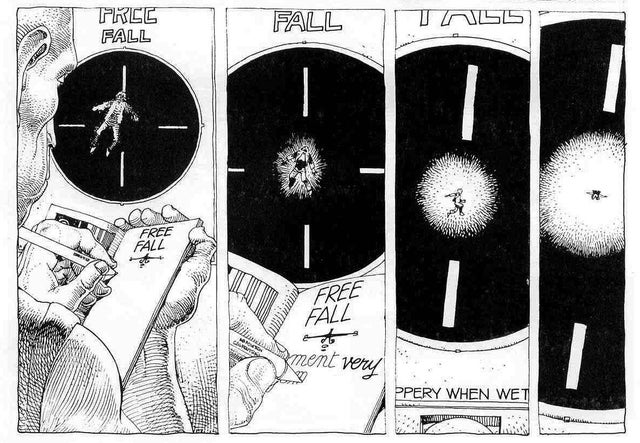Polygon continues to be a substantial force in DeFi. The protocol’s ease of use and lower fees have been major draws for developers, leading to a wide variety of new projects coming to life on the platform. Meanwhile, the folks over at Amun Tokens are working on DeFi index tokens left and right. In June, the platform announced the launch of two index tokens, $DFI and $DMX, engaged in the Ethereum ecosystem. Given Polygon’s increased presence lately in DeFi, it was only a matter of time before the team at Amun unleashed a Polygon-based token as well. That time has come, as Amun announced today their latest token headed to pre-sale: PECO. This token looks to encapsulate the best and brightest projects being built on Polygon. Amun, PECO, & The Polygon Ecosystem Amun released their Medium post announcing PECO today in collaboration with the Polygon Foundation and leading Polygon projects. The Foundation is providing $5M in MATIC tokens to seed the index’s launch, according to the Medium post, and many leading projects are providing seed capital for liquidity. The token initially launches on October 19 and will start with 50% MATIC until the network matures further. Protocol tokens make up the remaining 50%; take a look at the initial PECO compensation on launch below: As the Polygon network grows and develops, the PECO portfolio will be rebalanced monthly. PECO will be available on both Polygon and Ethereum, and early participants can earn up to an additional 30% bonus tokens in the pre-sale via airdrop. Polygon (MATIC) has seen stable price movement in recent months, but has been slowly becoming a DeFi power player. | Source: MATIC-USD on TradingView.com Related Reading | TA: Ethereum Is Primed For A Rally And Only One Thing Is Holding It Back Amun & DeFi Growth The Amun whitepaper cites the need for scalability in DeFi and looks to provide ERC-20 tokens that address an index of the top DeFi tokens available. Earlier in the year, Amun unleashed DeFi index token $DFI, aimed to give investors exposure in “blue chip DeFi projects.” This allowed consumers to come to one token for a wide exposure of DeFi’s biggest coins, without incurring individual swap costs. Additionally, Amun released their DeFi Momentum Index, $DMX, which seeks to automate weights based price momentum calculated by a relative strength index. This index sought out momentum riders who “missed out on the last bull run.” Both indices were initially composed of eight tokens per index. Amun is building out a wide breadth of DeFi exposure during what seems to be an ideal time. A Bank of America report this week cited DeFi’s growth and largely untapped potential, and Polygon and it’s subsequent platforms have been enormous growth drivers in DeFi. Related Reading | Investors Expect Ethereum To Outgrow Bitcoin, According To CoinShares Survey Featured image from Medium.com/amun-tokens, Charts from TradingView.com


